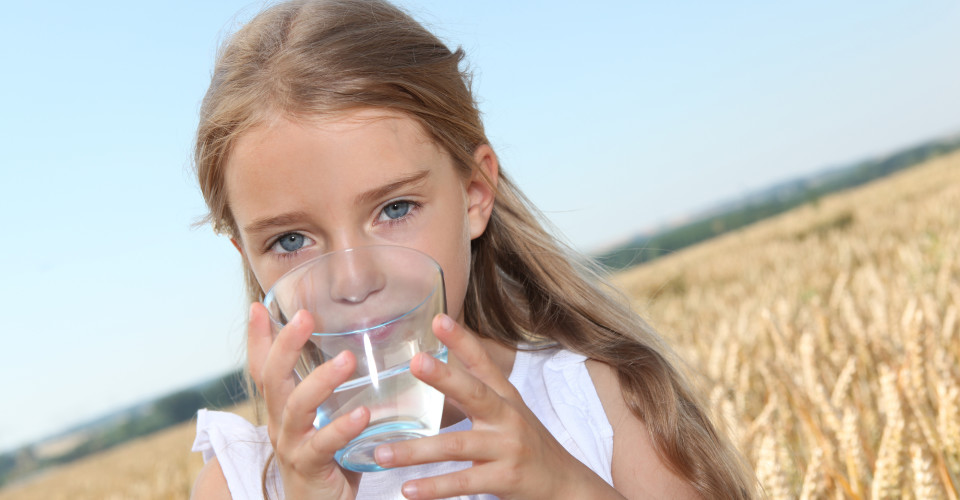In Romania, nitrate contamination of drinking water is a real problem, more serious than in other European states that took action several years ago. Naturally, nitrates appear further to the mineralisation of the nitrous organic substances coming from plants and animals. Part of these substances are absorbed by the plant roots and are the raw materials for the synthesis of proteins and other nitrogen compounds. Improper or excessive use of chemical fertilizers, leads to a surplus that contaminates the phreatic groundwater, and can be found in rivers, lakes or underground water.
Water pollution indicators
In nature, in those areas where the man has not intervened, nitrates can be found in soil in quantities between 0-2.5 mg/L – according to EPA (United States Environmental Protection Agency), OMS (World Health Organisation), IARC (International Agency for Research on Cancer). When the content of nitrates in soils exceeds 2.5 mg/L the surplus being caused by pollution and this indicates that the area was affected by human activity. Every spring, the nitrates, as fertilizers used in agriculture, are dissolved in the rainwater and melting snows and get into the water sources and from here in everybody’s glasses.
What are the nitrates and how do they affect us?
Once ingested through water or contaminated foods, the nitrates are turned into nitrites – much more toxic than the nitrates, after the contact with the stomach bacterial micro flora. The ingestion of a larger quantity than the one allowed can have the following consequences: high blood pressure, dysfunctions of the circulatory system and thyroid glands, cephalalgia, urticarias, intoxication, severe cyanosis, and in time even some types of cancer.
As children food is concerned, the water is at least as important as the infant formula you choose. This is so because it may contain besides sodium, calcium, magnesium and other salts, a component not mentioned on the label: the nitrates.
The new-borns are the most vulnerable as to the nitrate contamination, because their micro bacterial flora is not developed yet to fight them. Thus, the nitrates turn into nitrites – which are much more toxic, and the consequences may range from gastric problems, infectious diarrhoea, urticarias and rashes – to methemoglobinemia.
Methemoglobinemia is the most dangerous disorder that the nitrate contamination can cause in infants – also known as “blue baby” syndrome. It firstly manifests by breathing problems caused by the inadequate oxygen flow through blood, leading quickly to asphyxiation, and subsequently to the death of the baby. This is why it is so important to prepare the baby food using water having the lowest possible nitrate content.
“The nitrates get inside the body, turn into nitrites and block the haemoglobin’s capacity to fix oxygen, and consequently the body tissues receive an insufficient amount of oxygen – especially those in the central nervous system, sometimes even endangering children’s lives or affecting them to such an extent that they need to be taken to intensive care units and be resuscitated – obviously, in order to neutralise the nitrites in the blood”, says Prof. Dr. Marin Burlea, President of the Romanian Paediatric Society.
According to AFSSA (the French Food Safety Agency) standard “a label mention such as “water that can be used in the baby food” should not be used for natural mineral waters and spring waters unless “as concerns the resource protection it complies with a nitrate content (given in NO3) lower than or equal to 10 mg/L” but in Romania, the law allows for 50mg/l for all groups of age.
Taguri: aqua carpatica nitrate pollution


Niciun comentariu